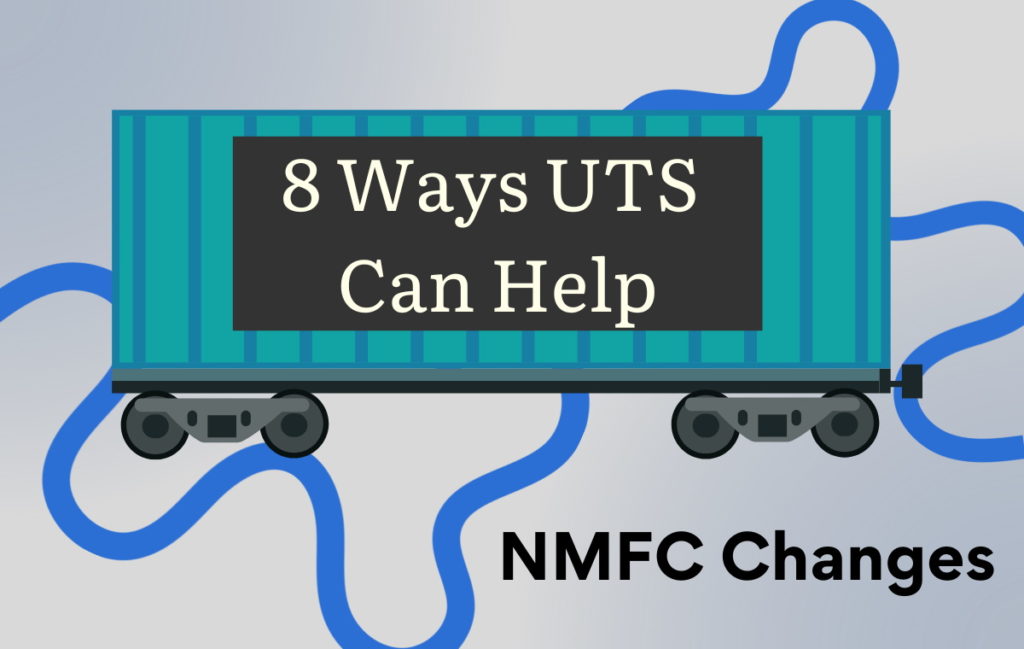There are many methods to increase the return on supply chain investment. We’ve listed 16 of them here. If you’d like more information about these ideas, or others, please let us know. We would be happy to help.
Optimize Mode Selection
Select the most efficient mode that meets all shipment requirements.
Extend Procurement Lead Times
A study conducted at MIT found an inverse relationship between cost and lead time. Increasing lead time:
- Expands the procurement options to include slower but cheaper resources.
- Increases the likelihood that the preferred resource accepts the load.
- Adds flexibility to the optimization process.
Utilize Rail Transportation
Shift long-haul volume from trucks to rail. Rail offers a cost savings but requires sufficient volume with longer lead times and larger delivery windows to accommodate its slower speed and delays.
Share Tracking Visibility with Customers
Today’s transportation management platforms include tools for sharing real-time transit status with stakeholders, including your customers.
Protect the Full Value of Your Freight
Carrier liability limits rarely cover the full value of freight anymore. Use additional cargo insurance to protect yourself from losses, especially with high value freight.
Use Warehouses Strategically
Third-party warehouses can be cost effective for storing and distributing product. On the flip side, advanced techniques like milk runs and continuous moves can be used to reduce or replace an existing warehouse solution, especially if the warehouse is used to support a regional customer base.
Package Product With Freight in Mind
Optimize your product packaging for more efficient utilization of trailer capacity. This is especially important with carriers moving to dimensional weight pricing.
Reduce Use of Premium Freight
Extend order visibility and scheduling to reduce the need for expedited shipping.
Build Milk Runs, Round Trips, and Continuous Moves
All three options are ways of servicing multiple stops with one truck, which often is more efficient than servicing each stop individually. But these options require a high degree of planning.
Pool Distribution
Multiple deliveries to the same region are grouped together for the long haul portion of the move.
Collaborate with Suppliers and Customers
Work with suppliers and/or customers to adjust lead times and delivery windows to increase trailer utilization or create more efficient routes. Can be effective when the shipping profile allows the possibility to create milk runs, round trips, or continuous moves.
Consolidate Shipments
Ship more product at less frequent intervals. Consolidation becomes feasible if you receive multiple shipments per week from the same supplier or make multiple deliveries per week to the same customer.
Pay For Inbound Freight
Convert inbound freight from prepaid to collect – sometimes on selective lanes only – when the collect rate is cheaper than the prepaid rate.
Better Utilize Your Private Fleet
Get more value from an existing private fleet operation. Some value enhancement options include:
- Optimizing routes
- Using fleet for inbound pickups as well as deliveries
- Outsourcing fleet management
- Replacing fleet with a dedicated trucking service model
Reduce Long Haul Activity
Given the choice between sourcing material from a nearby supplier or a distant one, the nearby one will almost always result in a smaller transportation charge.
Integrate Business Systems
Integration automates the exchange of supply chain data between you and your transportation management partner. Integration can be used to facilitate shipment quoting, tendering, monitoring, and reporting.




